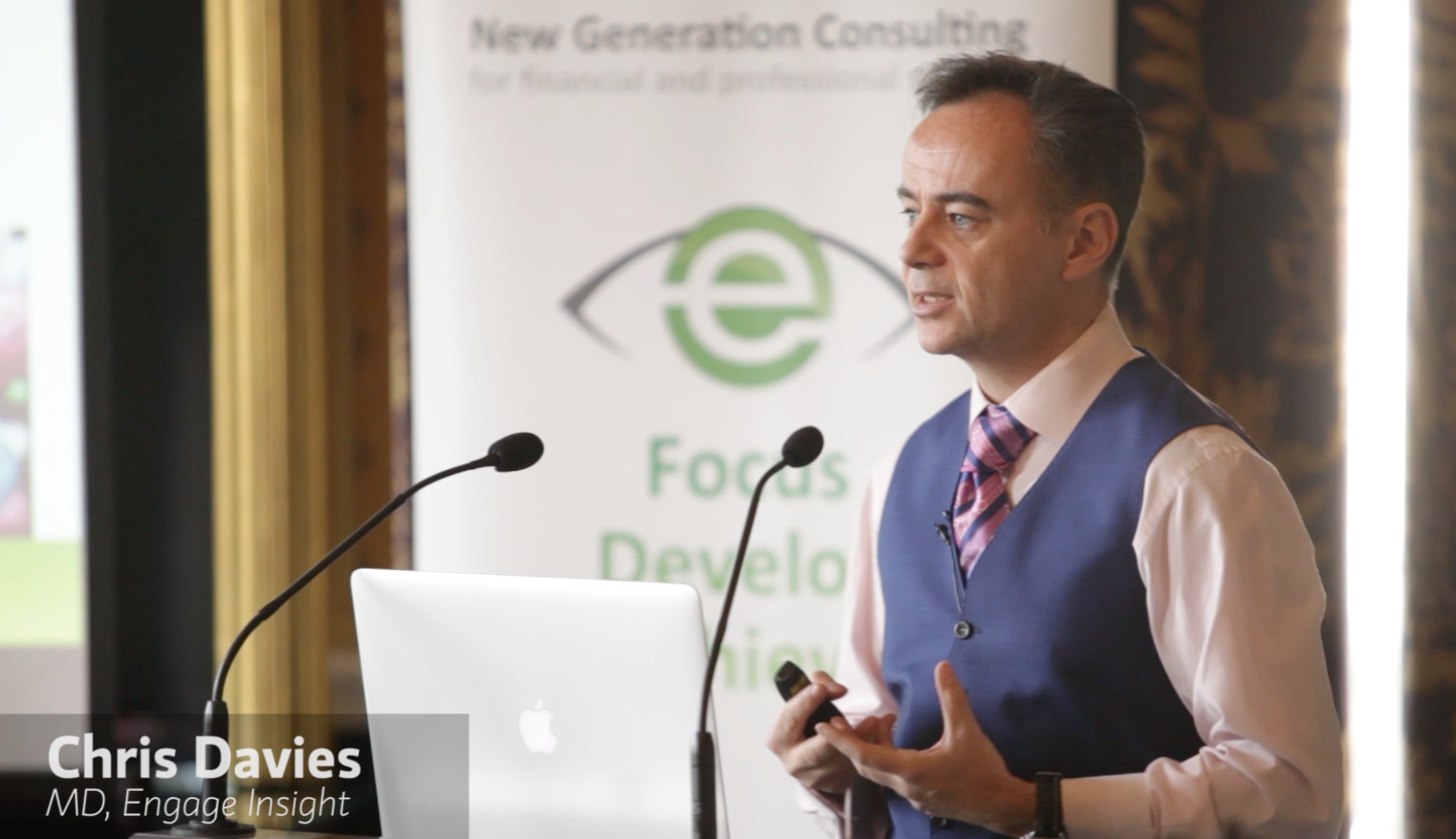We enjoyed an interesting debate on twitter recently, with our spring symposium covering the new pension freedom rules (Click on the picture for the video) comes the opportunity for pension investors to cash in and allegedly buy a Lam borghini, well given the state of pension savings in the UK maybe a front wheel.
borghini, well given the state of pension savings in the UK maybe a front wheel.
The twitter exchange with a financial adviser was along the ‘insistent’ client syndrome where clients demand a transfer from their Defined Benefits (DB) to Defined Contribution (DC) schemes so they can then cash in..
The argument goes something like, it’s an execution only issue, there is no long stop on advice, the PI risk is huge as is the regulatory risk so adviser firms will shut the door and refuse to provide advice. Hang on.. one of George Osborne’s conditions for the pension freedom rules is that any DB member has to receive professional advice before a decision can be made.
The fact that advice needs to be provided before a transfer can be made and ‘insistent’ client is not a regulatory term means this is not an execution only issue and we would argue is a case for advisers or planners to do their job and manage the clients according to their service propositions.
This means clients are taken through a highly professional holistic planning process that includes cashflow modelling and high quality soft skill questioning strategy. ‘Insistent’ clients are those who need the most help. They have read the media and suffer from all the irrational biases associated with money and saliency. The technical term is hyperbolic discounting, forgoing future benefits for short-term gains.
So what is the solution?
Firstly the advice proposition needs to be sound and clearly communicated. These clients need to realise they have to run through a professional advice or planning process before a decision can be made. Most financial planners and advisers have excellent propositions that provide clients with all the relevant information and tools to showcase the risks and opportunities for their past, present and future decisions.
Secondly, fine tuned behavioural and interpersonal skills need to be used to ensure a deep dive is taken into the emotional condition for the clients’ decision-making process to get under the bonnet of the issues at play and gain client informed consent for all the risks associated with cashing in. This is not easy, we would recommend coaching skills be used to allow clients to self reflect on their options.
Finally, if the client still wishes to go ahead, then make it crystal clear they are going against the best advice and ensure they place this in writing with a paragraph included to explain that they understand the Financial Ombudsman may not protect their actions.
Insistent clients are those who have not thought it through, they need help and support and yes quality financial advice. Our advice to the adviser on twitter is..it’s an opportunity not a risk to the advisory industry.













